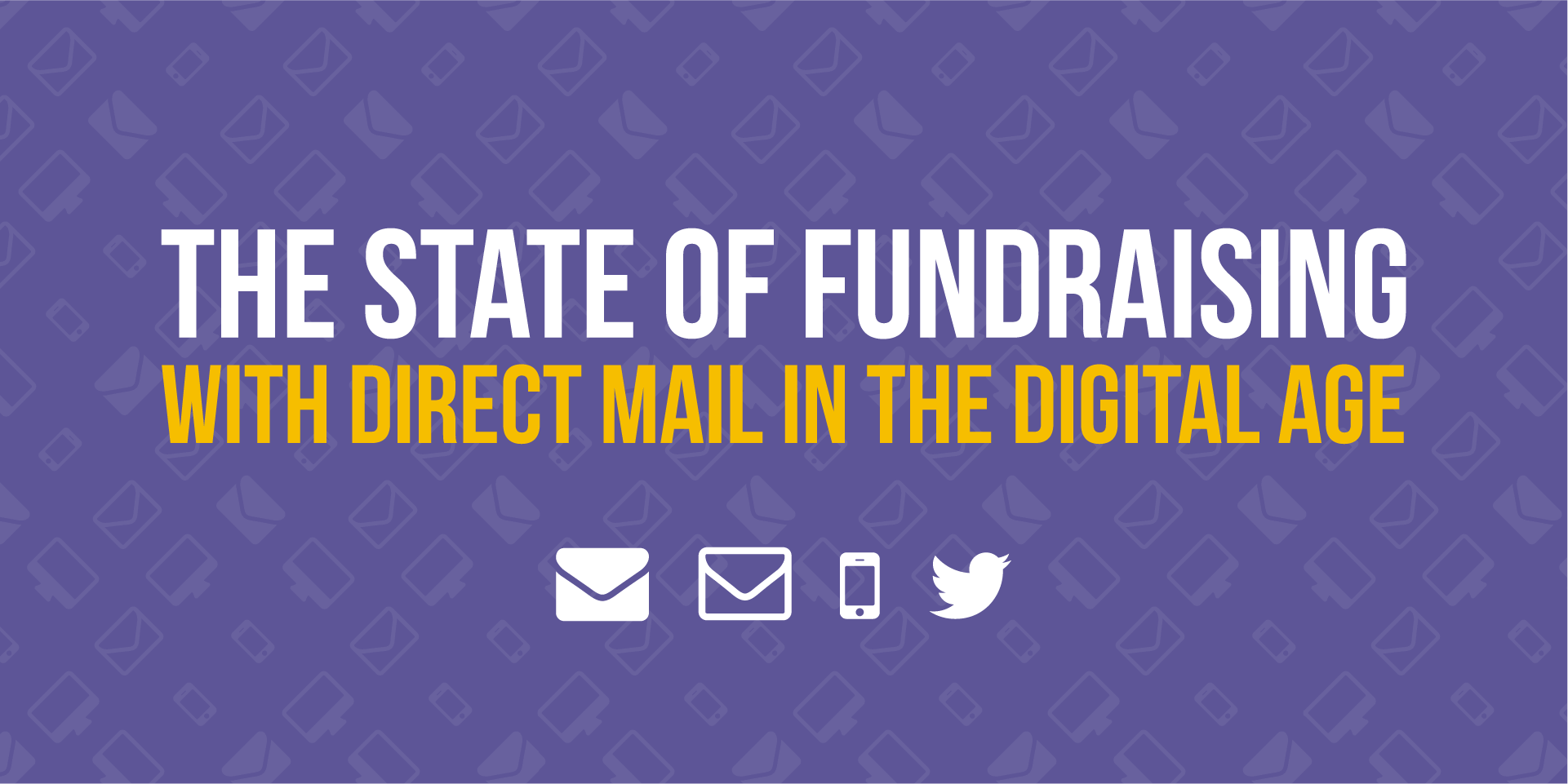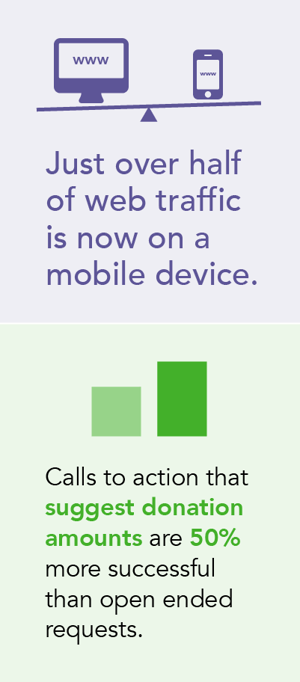When you’re down in the fundraising trenches it can be tough to see the light at the end of the tunnel. But there is good news for fundraising and development teams! According to the Giving Institute, 2015 was American's most generous giving year ever—to the tune of $373.25 billion. That's a big number but the real takeaway for our nonprofit clients, particularly those in higher education, is that giving by individuals was the largest contributor to the overall increase and rose 3.8% from the previous year.
Recently, Shawmut teamed up with ExactAsk, a nonprofit fundraising software, to learn more about factors driving the increase and offer strategies to help fundraisers improve their direct mail results. We found some great info which we've compiled into an infographic titled The State of Fundraising with Direct Mail in the Digital Age. In addition, we're launching a 5-part blog series in February that expands on many of the statistics and strategies from our infographic. The blog series covers best practices for direct mail in the digital age, donor retention strategies, personalization using predictive analytics, and the importance of creating an omnichannel experience.
We've included some highlights from our research below. To learn more about the strategies and statistics found here, download the infographic and opt-in to receive the five-part blog series by fundraising experts Shawmut and Adam Treiser, CEO of ExactAsk.
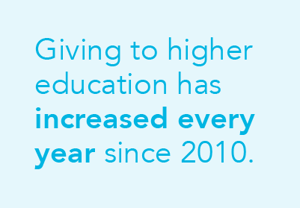 Higher Ed Giving is on the Rise
Higher Ed Giving is on the Rise
- 2015 was America’s most generous giving year ever, to the tune of $373.25 billion 15% of which was in Education.
- Higher Ed and U.S. colleges specifically raised $40.3 billion in 2015, an increase of 7.6 percent over the previous year, a new study has found. Giving to higher education has increased every year since 2010.
- Nearly 29 percent of all money raised in 2015— $11.56 billion—went to just 20 colleges.
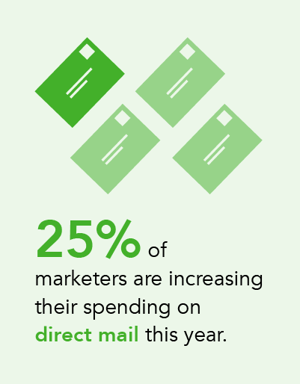 Direct Mail is Effective
Direct Mail is Effective
- 50 percent of people pay more attention to direct mail than any other marketing channel.
- Approximately 25 percent of nonprofits are increasing their spending on direct mail this year, proving that direct mail continues to play a major part in fundraising efforts.
- Direct Marketing Association found that 3.4 percent of existing customers respond to direct mail versus the 0.12 percent who respond to an email.
Optimize Direct Mail for the Digital Age
Make it easy to give online, on any device:
- 50% of Millennials and Gen Xers, 26% of Boomers and 14% of the Greatest generation say they give online in response to direct mail.
- 51% of web traffic is now on a mobile device.
Make it clear:
- Only 64% of nonprofits send communications with only 1 Call to Action.
Promote across channels:
- Donors are 50% more likely to respond to direct mail when they receive multiple messages across channels reinforcing the CTA.
Personalize it:
- Calls to action that suggest donation amounts are 50 percent more successful than open-ended requests.
- Giving by nonalumni individuals (donors, parents, etc.) rose 23.1%, more than any other category. Maximize donations made by individuals through targeted ask amounts.
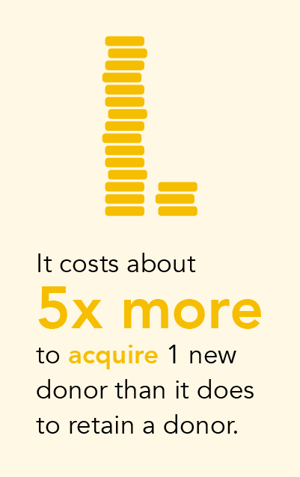 Close the Revolving Door: Focus on Donor Retention!
Close the Revolving Door: Focus on Donor Retention!
- 2 out of every 3 institutions have experienced donor decline since 2007.
- 92 percent of new donations to nonprofits were offset by a loss of previous donors and decreased giving by current supporters.
- Every $100 gained in 2015 was offset by $91 in losses through gift attrition.
- 19% Of First Time Donors Are Retained, 63% of Repeat Donors Are Retained.
- Donor renewal mail yields a 3.7% response rate and only costs approximately 20 cents for every dollar raised.
- It costs about 5x more to acquire 1 new donor than it does to retain a donor.
 Try these strategies to help build lasting relationships with donors:
Try these strategies to help build lasting relationships with donors:
- Mail a personalized thank you letter or even better a handwritten note! Look for direct mail service providers that offer authentic handwriting technologies to make this personalization a breeze.
- Meet your donors in person! Invite alumni and community members to your school’s events and volunteer opportunities. Better yet, build a community of like-minded people by hosting donor appreciation and networking events.
- Get to know your donors by asking them for information in online forms and other response mechanisms. Find out about the causes they support, their family, careers, hobbies, and more. Use that data to personalize your outreach!
- Share results! Use stories and real-world examples to show donors how their contribution made a difference.
- Encourage them to connect with you on social media or to receive your newsletter. Keep them engaged in your school’s mission.
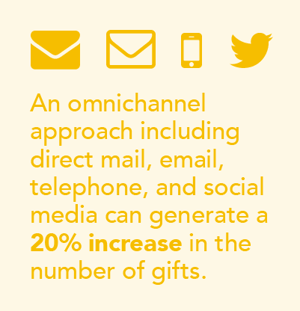 Use an Omnichannel Approach
Use an Omnichannel Approach
- Adding print to any direct marketing campaign can increase response rates by up to 17%.
- An omnichannel approach including direct mail, email, telephone, and social media can generate a 20% increase in the number of gifts.
- Use the 3-1 Rule: For each direct mail campaign follow it up with at least 3 compelling messages across your digital channels.
- Be consistent: People donate 38% more when landing pages are branded like other channels and reinforce the campaign message.
View the full infographic:
SOURCES: GivingUSA.org Annual Report on Philanthropy for the Year 2015, The Chronicle of Philanthropy, Ritter's Communications, Target Marketing's 2016 Media Usage Survey, Mobile Cause, The Council for Aid to Education's Study (2015), Ruffalo Noel Levits, Donor Perfect, Fundly, InfoTrends, IPM Advancements

